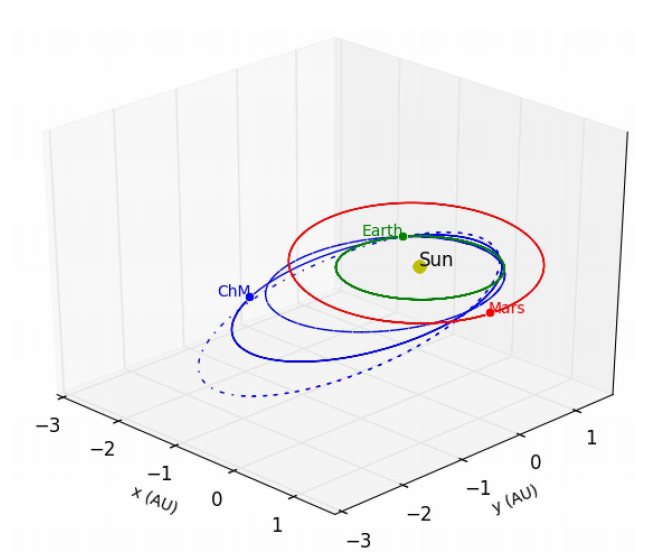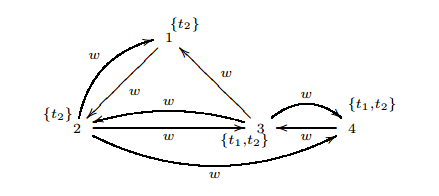- ARPA-E Head Sharpens Focus on Life After Grants
The ARPA-E agency has increased its focus on commercializing energy research but it’s a concern the DOE has yet to fully address.
The ARPA-E agency is known for its high-risk energy research projects. But this year’s annual conference had elements of a business bootcamp, offering would-be energy entrepreneurs tips on how to raise money and build a commercially viable product.
- New Method Could Cheaply Convert Natural Gas to Chemicals
A ceramic membrane could unlock the potential of methane-conversion catalysts and help make use of natural gas that currently goes to waste.
High-performance ceramic membranes from the R&D company Ceramatec could lead to a cheaper way to convert natural gas into benzene, a liquid that can be used to make a wide variety of chemicals and serve as a component of gasoline.
- Mobile Computing Is Just Getting Started
Smartphones, tablets, and wireless data plans are already a trillion-dollar business. It’s just the beginning.
Mobile computers are spreading faster than any other consumer technology in history. In the United States, smartphones have even begun reaching the group of relative technophobes that consumer researchers call the “late majority.” About half of mobile-phone users now have one.
- Research Hints at Graphene’s Photovoltaic Potential
Newly observed properties mean graphene could be a highly efficient converter of light to electric power.
Researchers have demonstrated that graphene is highly efficient at generating electrons upon absorbing light, which suggests that the material could be used to make light sensors and perhaps even more efficient solar cells.
Conventional materials that turn light into electricity, like silicon and gallium arsenide, generate a single electron for each photon absorbed. Since a photon contains more energy than one electron can carry, much of the energy contained in the incoming light is lost as heat. Now, new research reveals that when graphene absorbs a photon it generates multiple electrons capable of driving a current. This means that if graphene devices for converting light to electricity come to fruition, they could be more efficient than the devices commonly used today.
Previous theoretical work had inspired hope that graphene had this property, says Frank Koppens, a group leader at the Institute of Photonic Sciences in Spain, who led the research. He says the new result, described this week in Nature Physics, represents the first experimental proof.
To perform the experiment, the researchers used two ultrafast light pulses. The first sent a prescribed amount of energy into a single layer of graphene. The second served as a probe that counted the electrons the first one generated.
- Let the People Live-Stream?
- R&D Faces Its Own Fiscal Cliff
The sequester means across-the-board cuts to federal R&D and, barring a grand budget bargain, anemic research budgets in the years ahead.
U.S. politicians of all stripes are often quick to sing the praises of innovation and the economic benefits of federally funded research. But unless there’s a dramatic turn of events, U.S. government-funded R&D is poised for years of stagnation.
- Sergey's Android-gynous Moment
Google cofounder calls smartphones “emasculating” while wearing goofy Google Glass.
We’ve heard plenty of speculation about Google’s “Glass” computer headset. But at the TED conference today, Sergey Brin, cofounder of Google, finally revealed its true purpose: restoring strength and perhaps even manhood.
- Mozilla’s Mobile Firefox OS Raises Security Questions
Firefox’s new Web-centric OS will let users run apps from the Web, raising concerns over how to stop malicious software.
Mozilla’s new Firefox OS for low-end smartphones—aimed initially at Eastern European and South American markets—will face challenges protecting users from the malicious mobile apps that are a growing problem around the world.
- Why Sequestration Could Really Hurt Long-Term Research
The U.S. budget cuts that take effect tomorrow will demoralize future inventors, researchers, and disease curers.
The across-the-board U.S. budget cuts scheduled to take effect on March 1, known as sequestration, will have ripple effects that hurt scientific and health research for years to come, the heads of two federal research agencies said this week.
Digest powered by RSS Digest










